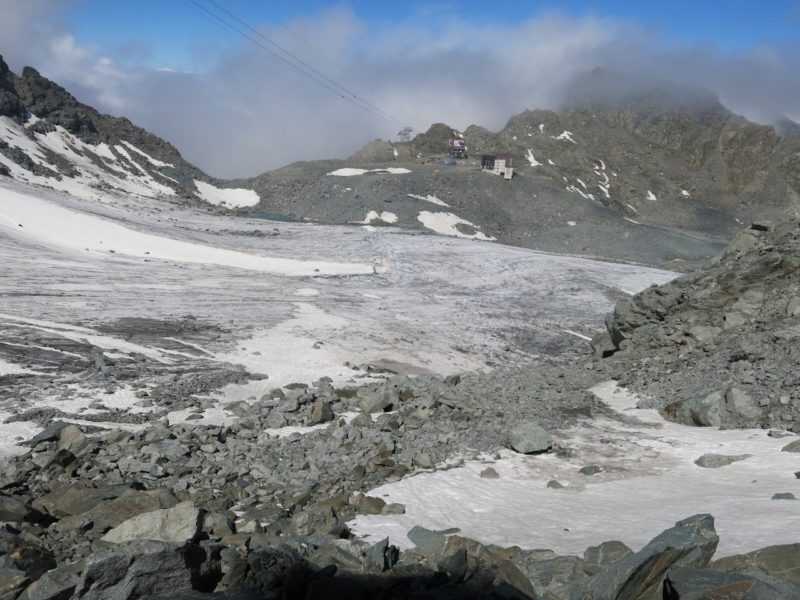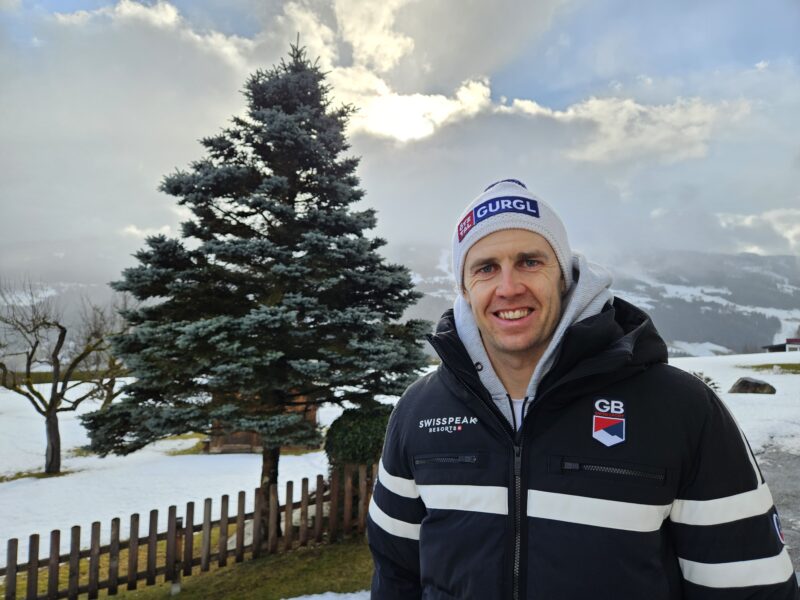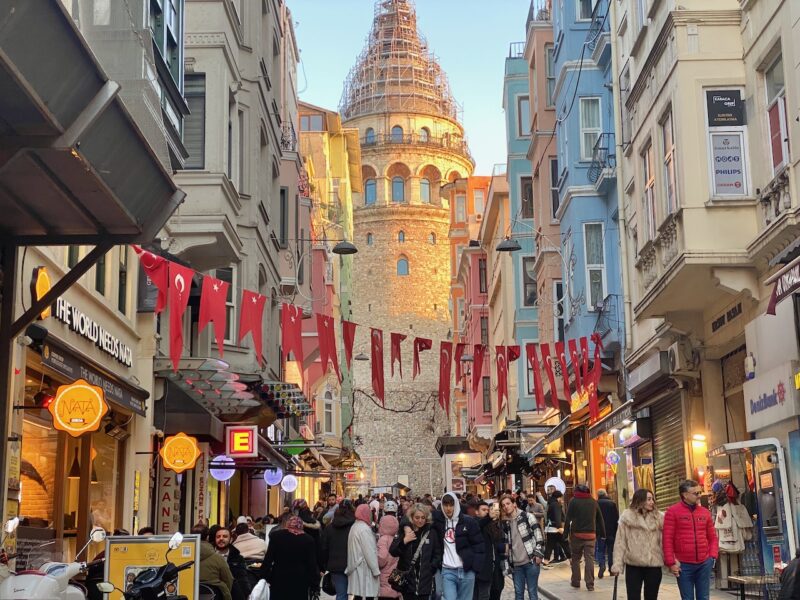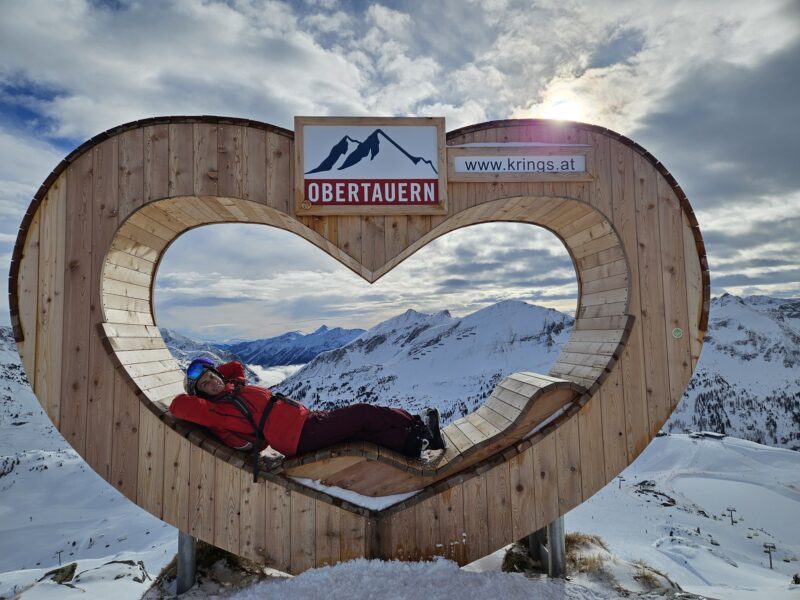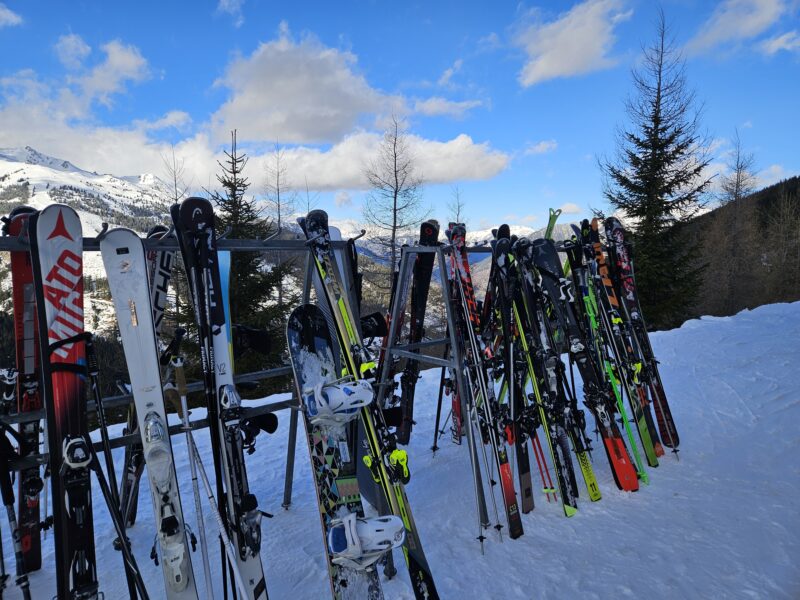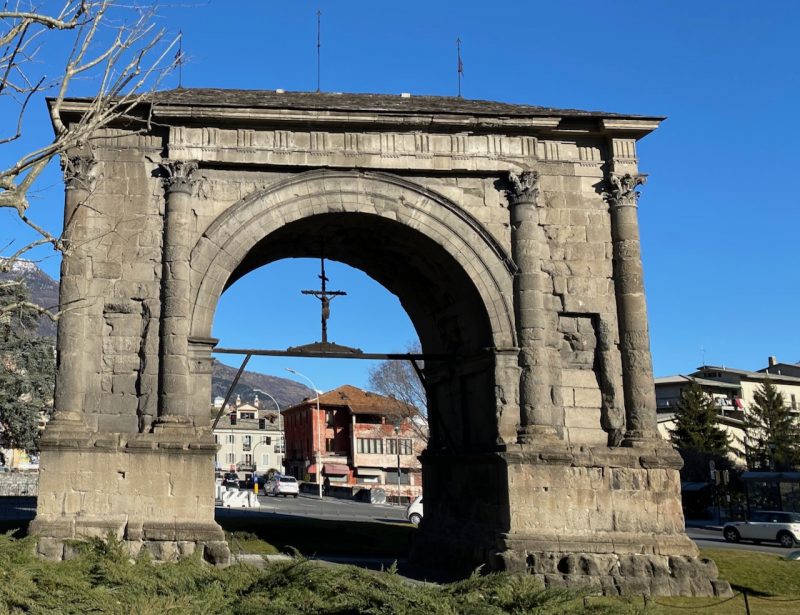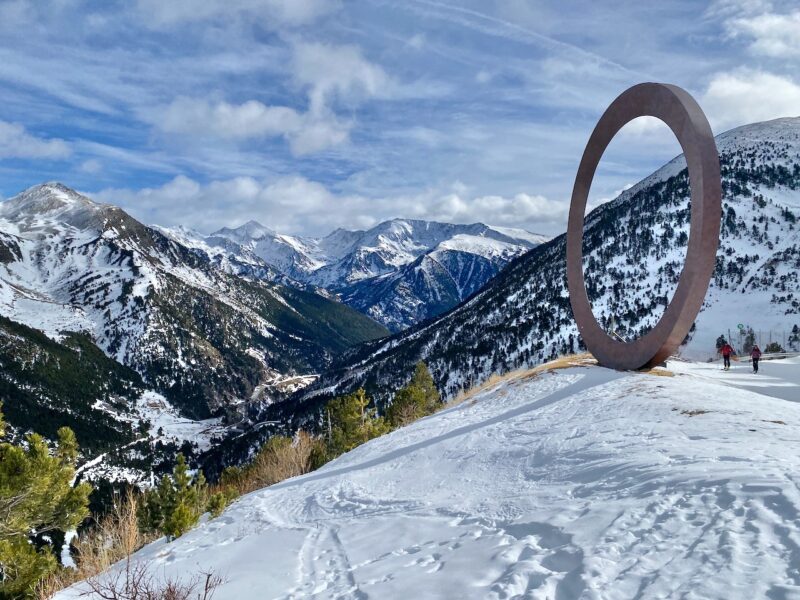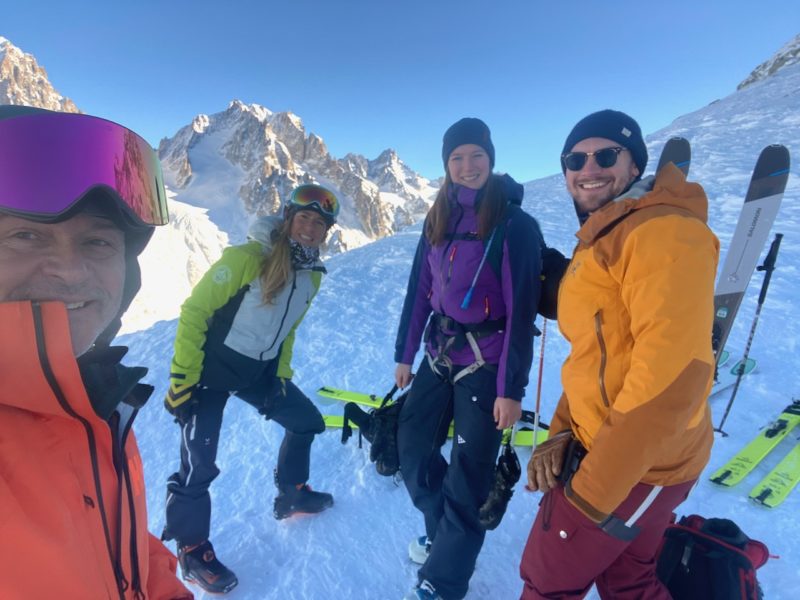THE AKSEL LUND SVINDAL INTERVIEW
28th January 2020 | Jane Peel, Chief Reporter
Last modified on May 15th, 2021
The great Norwegian ski racer has been answering questions from PlanetSKI. He was in Kitzbühel for the infamous Hahnekamm races but this time, he was watching.
Aksel Lund Svindal is a legend.
He is Norway’s most successful World Cup alpine skier.
When he retired in February 2019, he did so as the reigning Olympic downhill champion.
He had won the blue riband event at Pyeongchang a year earlier when he was 35.
He also ended his career at number 1 in the Super G standings.
Just have a look at the titles he can boast:
- 2 x Olympic Champion
- 5 x World champion
- 2 x Overall World Cup titles
- 9 x Discipline World Cup titles
- 36 x World Cup victories
- 80 x World Cup podiums
Svindal was in Kitzbühel at the weekend where he watched his compatriot and good friend, Kjetil Jansrud, win the Super G on the infamous Hahnenkamm mountain.
He was also there to take part in an expert panel discussing issues affecting the snowsports world.
We looked at one of them – gender and the Hahnenkamm – in our earlier article marking the 80th anniversary of the Kitzbühel racing weekend.
We took the opportunity to ask the 3 time winner of the Hahnenkamm Super G about his memories of Kitzbühel and the future.
Q – What are your best and worst experiences of racing at Kitzbühel?
The worst experience was maybe my second year in Kitzbühel.
Back then it was brutally icy, the jumps went extremely far, Lasse Kjus injured his knee without falling.
You have to imagine: the Canadian coach has pulled his runners back. And I was standing in the starting house and didn’t know how and if I could do it.
It was not a nice feeling.
For the best experience, I would choose two special moments.
I still remember how I crossed the finish line in Super-G with a clear fastest time, surrounded by the thousands of people.
You never forget a moment like that.
On the other hand, there was also a Super-G, where the finish line was not in the actual stadium but a bit up the mountain.
It was brutally funny, because of course no spectators came up there. You finish and there is no one who cheers. Neither do you see a scoreboard, hear a speaker, and have no idea if you were fast.
A single Norwegian coach was there at the time and was waving wildly. For me that was the sign that I had the best time. I hugged him and we slid another ten metres together.
I also remember that: it was a World Cup race in the famous Kitzbühel, but the emotion was like a child’s race.
Q – What makes it such a special place for the World Cup?
The overall package makes Kitzbühel so fascinating and also so unique.
You have the Streif there, one of the most difficult, if not the most difficult slope in the world.
That alone is special, and then there’s the whole part of the athlete’s perspective, including the thousands of fans, the VIPs and this great excitement.
You won’t find this in this form anywhere else in skiing.
In Kitzbühel everything is bigger, everything is one step higher.
Q – What was it like being back there but not racing?
It was strange but it was nice to still be part of the competition.
The Hahnenkamm Race has always been one of the best weekends on the calendar.
This year, although I love watching the exhilarating race, being part of the Mastercard panel event and discussing the future of winter sports was great.
With the industry constantly changing due to technology, climate and gender parity, I was honoured to be a part of the discussion and ultimately, what the future holds for winter sports fans.
I’ve seen the resort change over the years and it is great the event is now cashless; it makes it quicker and more streamlined to get around focusing on what really matters.
Q – What is your view of the fact that the World Cup at Kitzbühel does not have women’s races? Do you think it has a unique feel because it is only the men, or do you think it should be extended to include women’s races too?
It is important for the sport to be as diverse as possible and the women’s World Cup is really exciting to watch.
Seeing women race at Kitzbühel again would be great and with technology advancements I hope it happens in the future again.
And if you wonder how he’s been keeping himself busy since retiring, here’s what he’s been up to, according to his Facebook page…
I retired from ski-racing, moved, spent more time with my family, wrote a book, worked very close with some great companies, joined the board on a few of them, opened a hotel, was able to engage more with a few very good foundations, designed a full collection of ski clothing, learned a lot, realized how much I still have to learn and last but not least met great people I’m excited to spend more time with in 2020.

